Recently updated on July 2nd, 2025 at 02:47 pm
So you’ve booked your dream tour and organised your flights… Now you need to pack! Europe is a massive continent with all kinds of different climates, cultures and landscapes. So where do you start? From what to wear in Europe to gadgets and medical essentials, here is our guide to everything you need to pack when planning a trip to Europe.
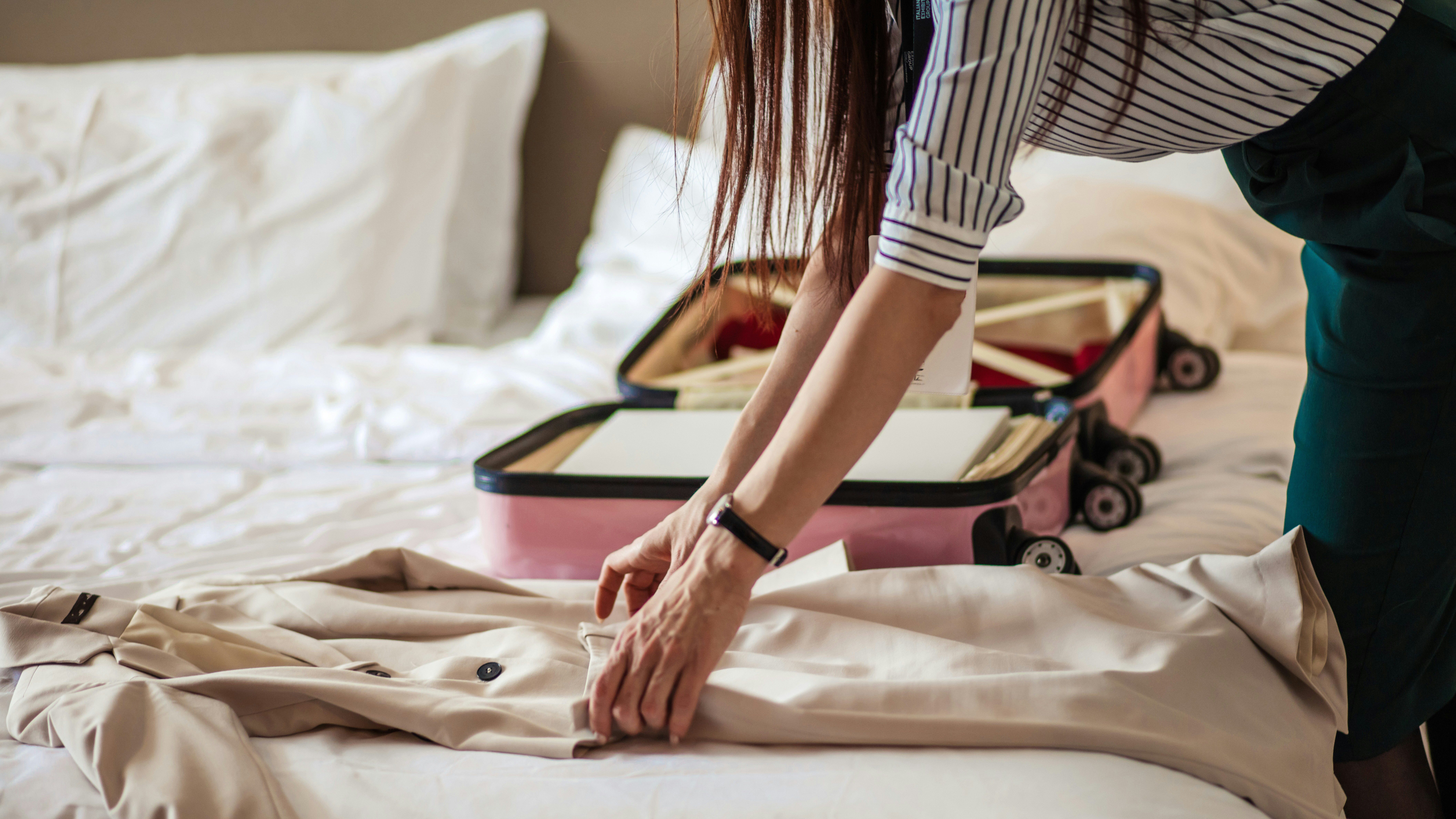

1. What clothes to wear in Europe
Europe has a reputation for being fashionable, from the minimalist clothing of Scandinavia to the elegant style of the Mediterranean. While you don’t need to walk around in haute couture, you also shouldn’t wear sloppy clothing or gym wear everyday. If you want to blend in and be comfortable, go for casual yet refined options. So what exactly do you wear in Europe?
In general, go for versatile layers that can take you from day to night. For example, you can wear dark wash jeans, a light t-shirt and sneakers during the day, then dress it up with a nice jacket, accessories and sandals by night. Or, go for trousers, dresses or skirts that can easily be dressed up or down. Of course, what you wear in Europe will change depending on the season (it can go from blazing hot summers to freezing snowy winters), but in any season, remember to pack light and choose layers you can mix and match.
We think you’ll also like: Top 10 Hidden Gems in Europe
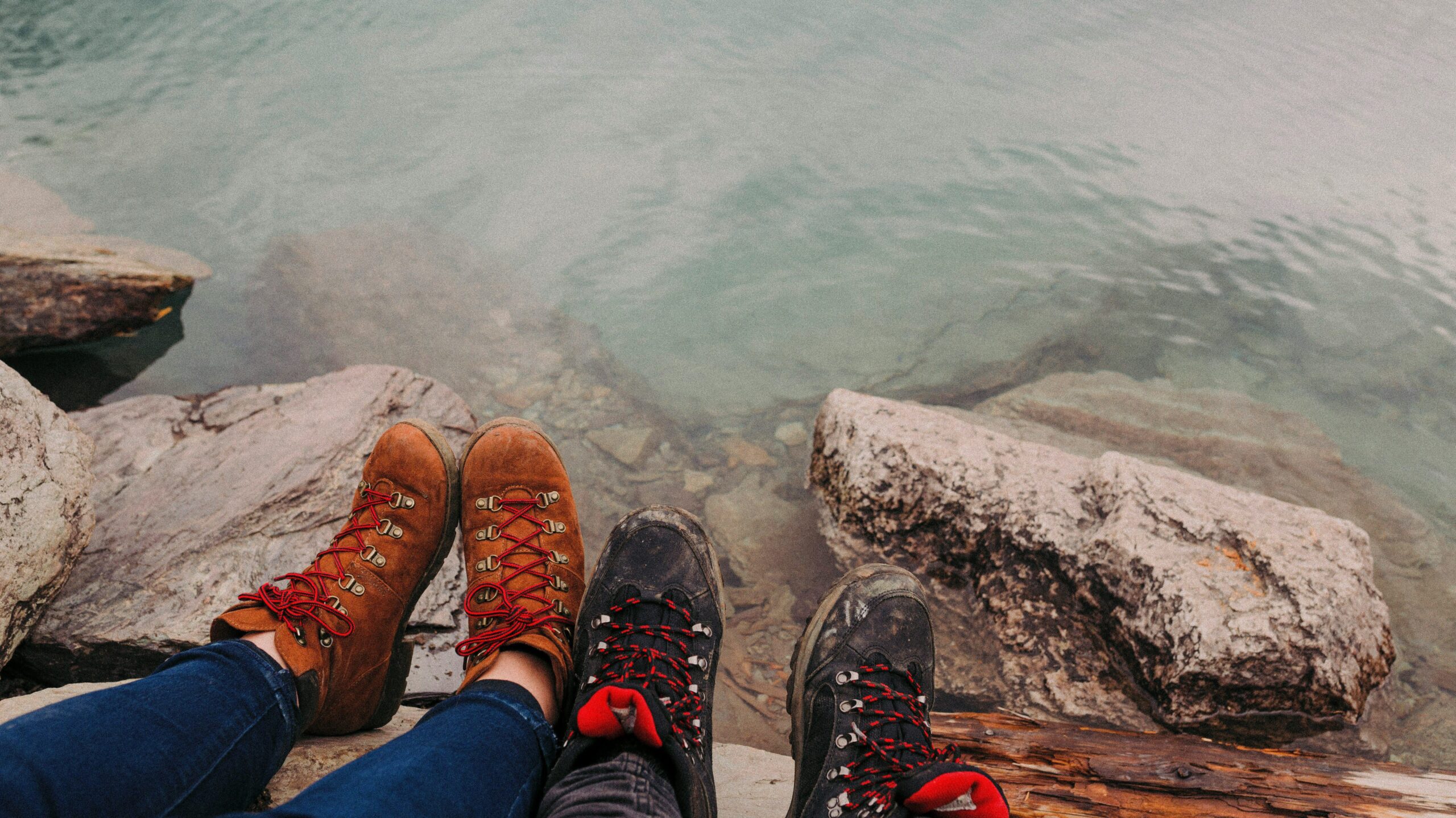

2. What shoes to pack for Europe
Although you’ll want to blend in with the stylish locals, the top priority is comfort when you’re planning a trip to Europe. You’ll be walking a lot, often on bumpy cobbled streets or hillsides, so you’ll need a comfortable pair of shoes to carry you through your trip.
Depending on the weather, that may be sneakers or sturdy sandals, or you may need hiking boots if you plan to hit the Alps. It’s also good to bring sandals or flip-flops for lounging by the pool or the beach. Whatever shoes you bring, make sure you break them in before you leave to avoid any nasty blisters.
Discover Europe’s landscapes on Grand European


3. What vacation accessories to pack
When you’ve got minimal clothing options, accessories are a great way to jazz up an outfit. You can pack light, colourful scarves, hair ties, hats and sunglasses, or throw on some jewellery (don’t bring any expensive stuff) like earrings, necklaces, bracelets or even use belts to stand out and complete your look.
We think you’ll also like: Where to travel in Europe in your 50s, 60s and 70s
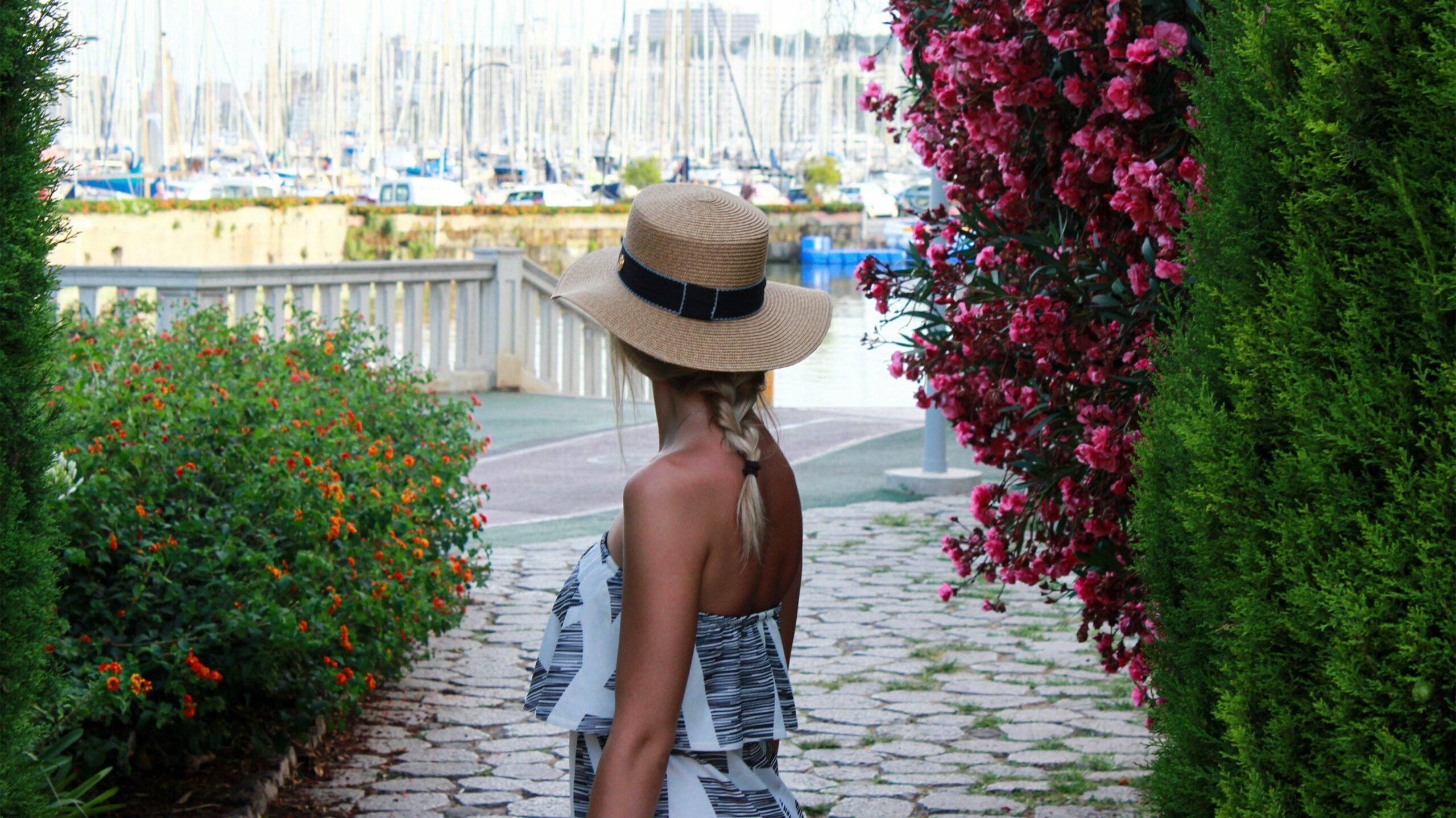

4. Pack sunscreen for travel
Whether you’re travelling in summer, winter or somewhere in between, you always need to bring sun protection for your trip to Europe. Bring a hat, sunglasses and plenty of high SPF sunscreen.


5. Pack travel rain jackets and accessories
You also need to consider the rain when planning a trip to Europe. Come prepared in any season with a raincoat, small travel umbrella or rain poncho – unless you’re going somewhere extremely cold, we’d leave behind the massive puffer jacket and opt for layers and a raincoat instead.


6. Don’t forget your day travel bags
When you’re planning your trip to Europe, you’ll probably want to dedicate most days to sightseeing and different activities. Since you’ll spend so much time out and about, you’ll need a secure bag to hold all your daily essentials like your water bottle, sunscreen and camera. Whether you bring a backpack or cross-body bag, make sure it’s lightweight, waterproof, theft-proof and has plenty of pockets. For the evenings, you might like to bring a smaller bag or purse.
We think you’ll also like: 21 random fun facts about Europe you never knew


7. What toiletries to pack
Your toiletries are up to you, but we always recommend pouring your products like shampoo and moisturiser into smaller, reusable travel bottles, to save space and produce less waste. If you don’t want to bring a bunch of liquids (that always seem to explode in your bag), you can try solid toiletries, like shampoo, soap, moisturiser and deodorant bars and toothpaste tabs. It’s also handy to bring a hanging toiletry bag to make it easier to reach in the bathroom.
Go back in time on our Traditional Europe tour
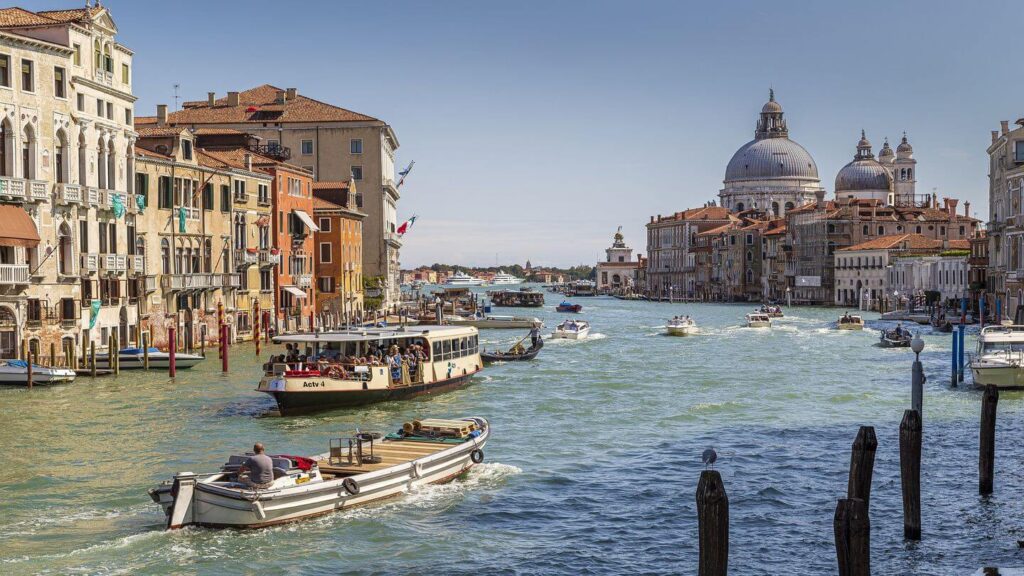

8. Don’t forget your travel medical kit
While you can usually find everything you need once you arrive, it’s always useful to bring a small medical kit when planning a trip to Europe. You’ll firstly need to pack any prescription medication you need and bring enough for your whole trip.
Other handy items include hand sanitiser, painkillers, electrolytes, antiseptic ointment and bandaids, eye drops, insect repellent and travel sickness tablets. If you’re a light sleeper, bring earplugs and an eye mask. Be sure to consult your doctor for specific travel health advice for your trip.
Discover Europe in 14 days on European Whirl
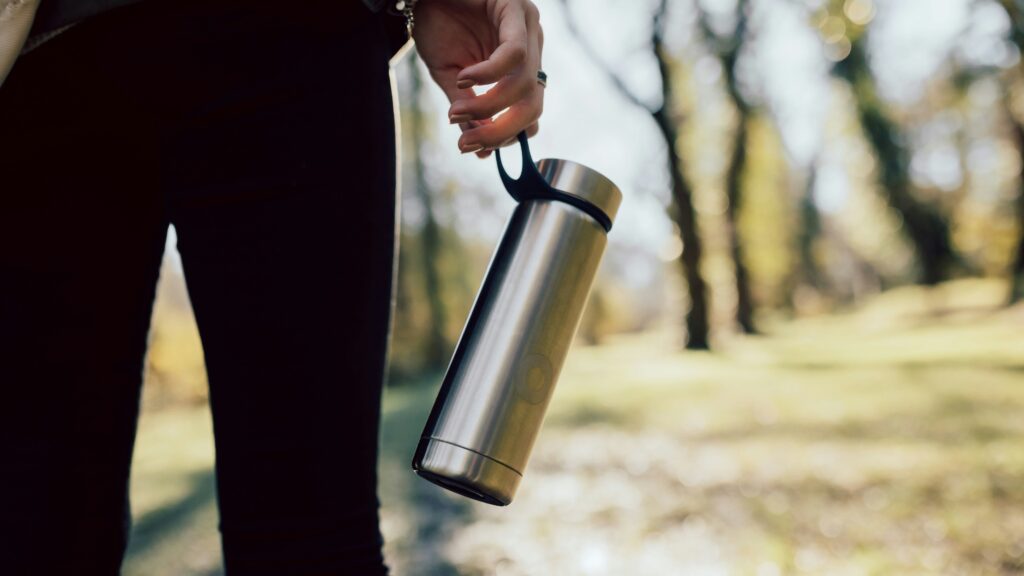

9. Pack a good travel water bottle
You can help reduce plastic waste and save money by bringing your own reusable water bottle. You can refill it in destinations where it’s safe to drink the tap water, or use the filtered water at your hotel, or drinking fountains and refill stations found across Europe.
Curious as to whether it’s safe to drink the tap water in Europe?
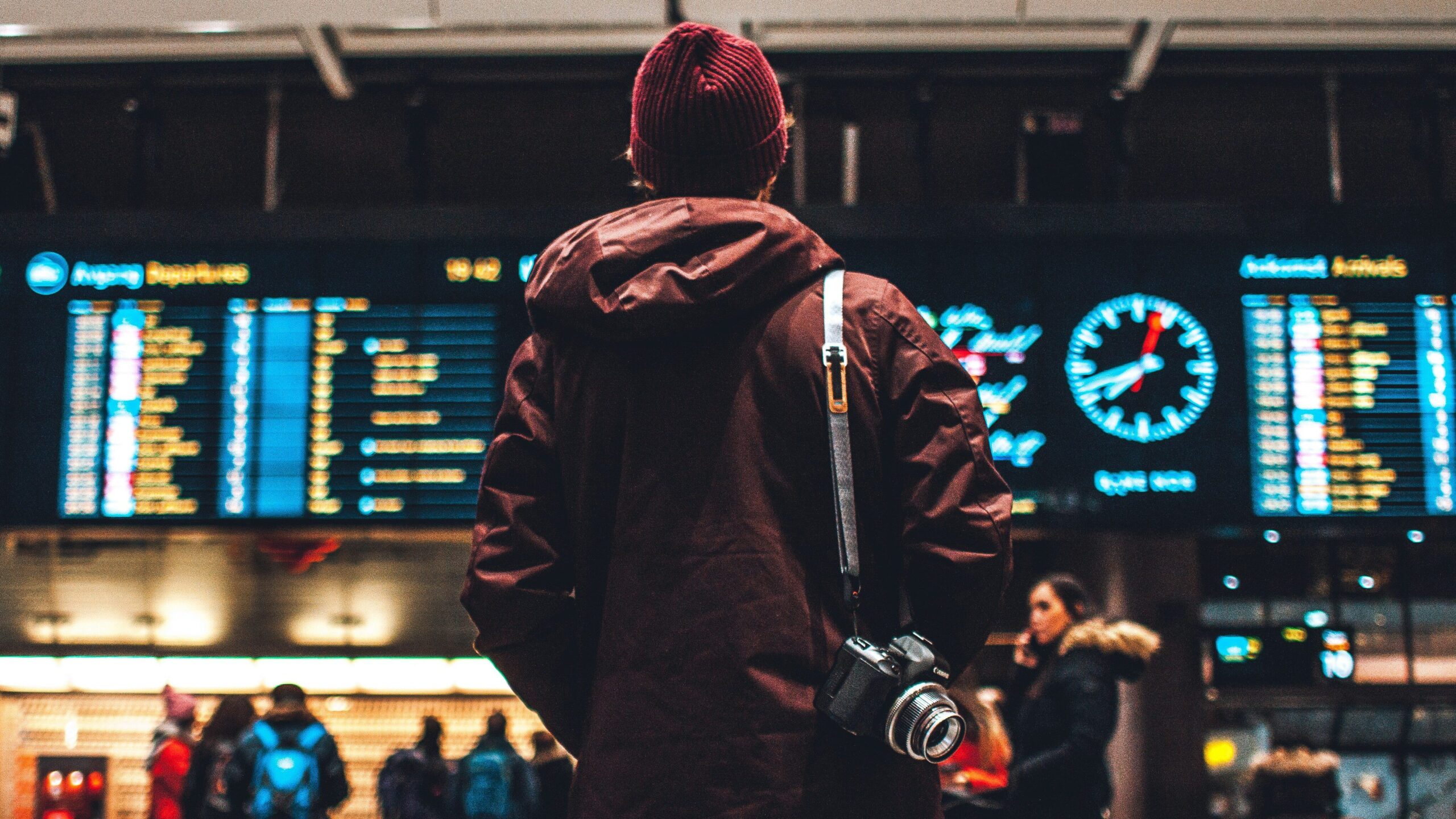

10. Bring a great travel camera
This is one of the most essential items on anyone’s list when planning a trip to Europe. From the icons like the Eiffel Tower and the Colosseum to the magical landscapes like the Swiss Alps and Amalfi Coast, you’ll want to take hundreds of stunning photos on your Europe adventure. Whether you use your smartphone camera or bring a separate SLR camera, make sure you bring extra memory cards, chargers and waterproof cases.
We think you’ll also like: Stays with Stories: 5 Unique Accommodations in Europe
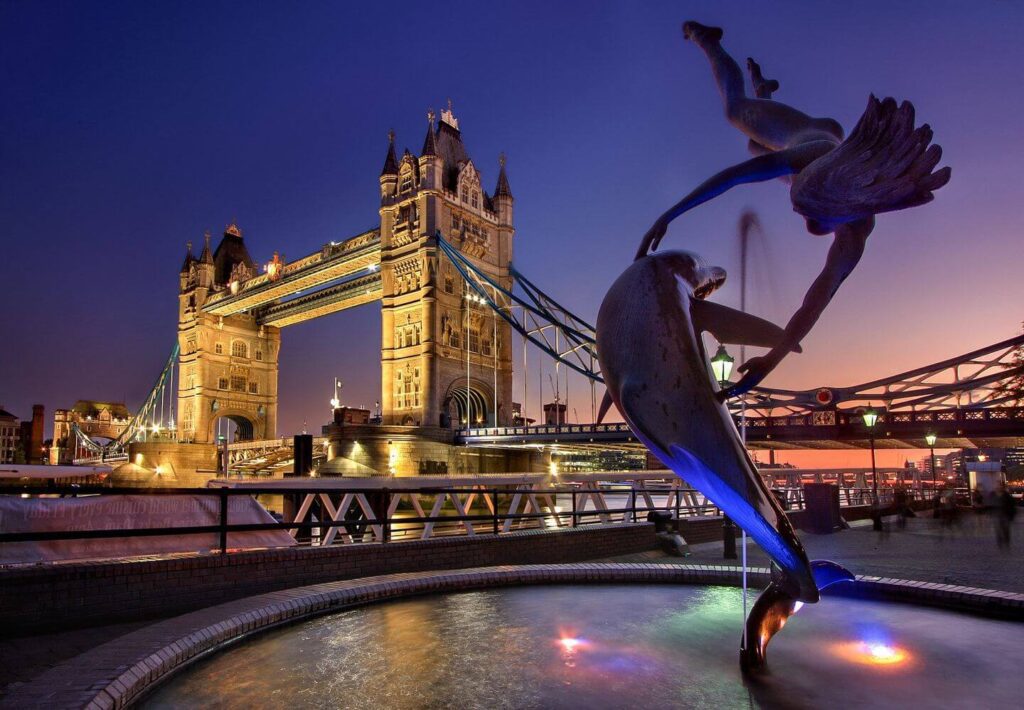

11. Don’t forget to pack your best European travel adapter
Speaking of gadgets – you can’t leave home without a travel adaptor. Check the plug type and voltage of the destination you’re visiting before you go, or bring along a universal travel adaptor if you’re visiting multiple countries with different plug types.
If you have a lot of electronics, or you’re travelling with other people, a power strip is very handy. You can charge everything at once, or if you only have one outlet in your room, you won’t be fighting over who gets to use it first!


12. Bring entertainment for road trips
When you’re planning a trip to Europe, you’ll probably have some long plane rides or coach journeys. Come prepared with some light entertainment like headphones to listen to music, or an e-reader stocked with books. While paperbacks are great, they can be very heavy, which isn’t ideal when you need to pack light.
Take our Travel Quiz: Where Should I Visit in Europe?
13. Pack waterproof sealable bags
It’s always a good idea to bring a few waterproof, sealable bags. They can be small dry bags or toiletry bags, and they’re great for storing wet clothes, liquid containers to prevent spillage, or important personal items like your passport, cash or phone.
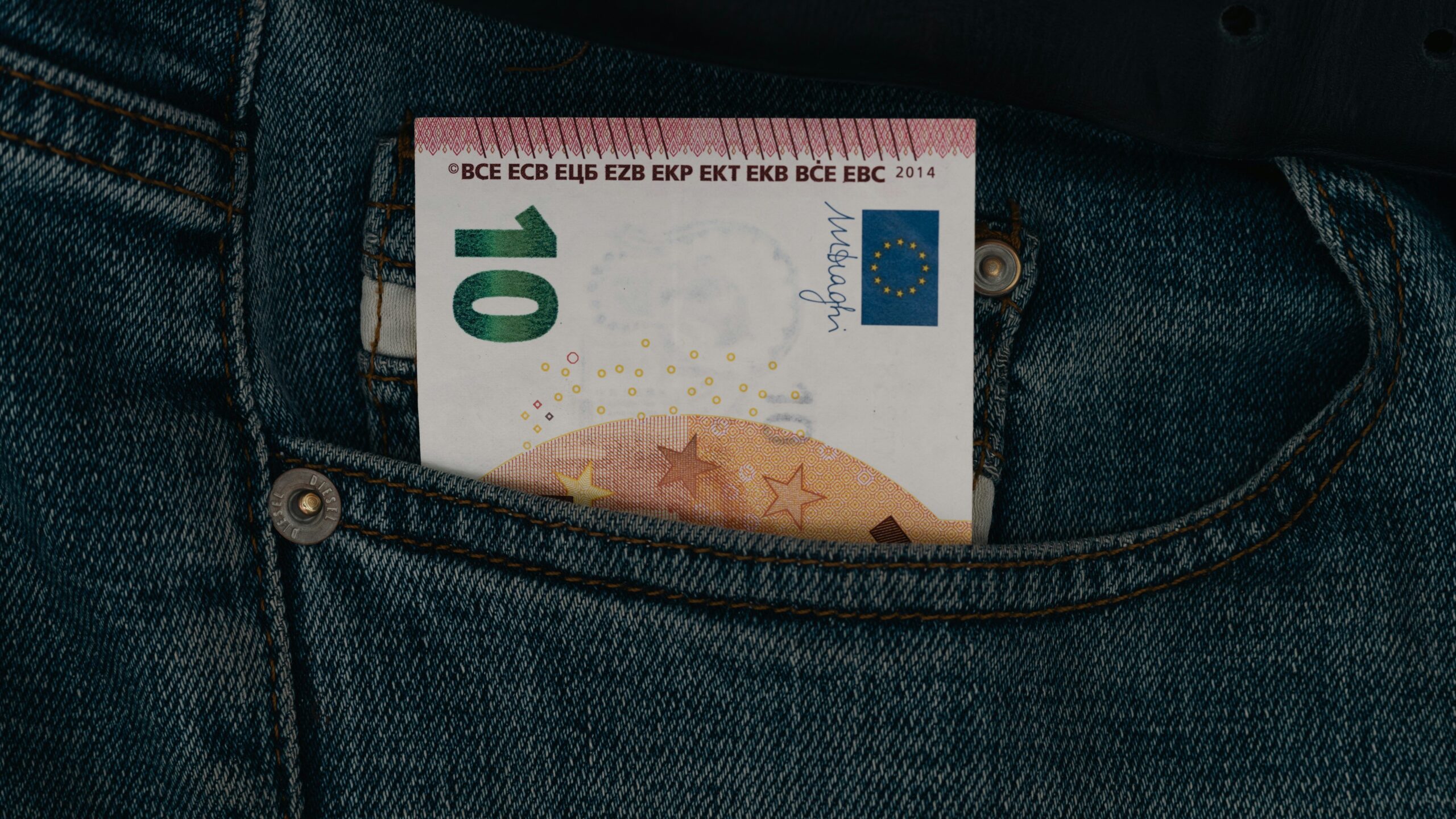

14. Research the best place to get Euros
When you’re planning a trip to Europe with Trafalgar, most of your expenses will be covered before you go, including hotels, transport and some activities and meals. But you’ll still need to bring some extra money for things like souvenirs and extra activities or meals. We recommend bringing your debit and credit cards, and some extra local cash. UK pounds and euros will get you across most of Europe, however you’ll need to check your specific destinations for their local currency.
We think you’ll also like: 15 European destinations that really come into their own in the winter


15. Finally, don’t forget those all-important travel documents
You probably won’t leave home without your important documents like your passport and visa (we hope!), but you should also bring photocopies of these documents. In the unfortunate event you lose or damage your documents, the photocopies will be very useful in getting replacements or important information. We recommend bringing copies of your passport, visas, travel insurance and any tickets. It’s also handy to write down local emergency numbers on a small card and keep it in your bag on your trip.
FAQs
How do I not overpack for Europe?
A Europe packing list doesn’t need to be overly extensive; you can follow the list above but keep your selection to around three to five outfits that are rewearable, and can mix and match. Versatility is key, as is planning your packing list.
Research the climate and weather before you go – it’s highly unlikely that you’ll need a substantial jacket for Rome in the summer, though you might need a raincoat. If you’re traveling somewhere warmer, take lots of lighter t-shirts and/or dresses that don’t take up much space, and if you’re going somewhere cold, don’t worry about packing too many different shirts because you’ll likely be wrapped up warm most of the time.
Any extras should be versatile – for example, a lightweight scarf can help you cover up for religious sites, protect you from the sun and keep you warm in the evenings.


What to pack for a backpacking trip to Europe?
You will need everything listed in this article for a backpacking trip around Europe – but considering backpacking trips are often for long periods of time, you will need a compact but versatile packing list. While backpacking, you can also assume that you’ll be able (or you’ll absolutely need) to do laundry along the way, so in some ways there is less stress packing for this kind of trip than a shorter one with no ability to wash your clothes.
Light layers are essential no matter what time of year you’re traveling, and are far easier to transport than chunky sweaters and big coats. Bring thermal layers and light windbreakers/raincoats to protect you from the elements. Packing cubes can help you keep your backpack more organized, and a portable charger is near-essential for these kinds of trips. Avoid bringing anything you’ll only use once or twice, like smart shoes or high heels.
What to pack for a 10 day trip to Europe?
For 10 days in Europe, your luggage should be able to fit into a carry on bag. A good guideline is the 5-4-3-2-1 packing method, where you can choose:
Five tops
Four bottoms
Three pairs of shoes
Two dresses/shirts (or outerwear, depending on the destination)
One signature accessory
This ensures you can mix and match your outfits and have enough choice while avoiding overpacking and stick to your carry on allowance. Obviously this should be tailored to the climate of the destination you’re going to – if it’s Madrid in summer, pack shorts and strappy tops/t-shirts, whereas if it’s a visit to Prague in the winter, add thermal layers and warm boots.
What to pack for a 2 week trip to Europe?
There are two options when packing for a 2-week trip to Europe; you can either follow the above 5-4-3-2-1 packing method and aim to fit everything into a carry on bag – which is absolutely possible, it just requires some self restraint – or you can spend the money to get the checked luggage allowance, which gives you considerably more room.
If you’re planning on moving around a lot when you’re in Europe, a carry on back might be preferable (particularly if you’re going to be going on small boats between the Greek islands, for example), but if you’re staying in one place or driving then a large bag won’t be a problem.